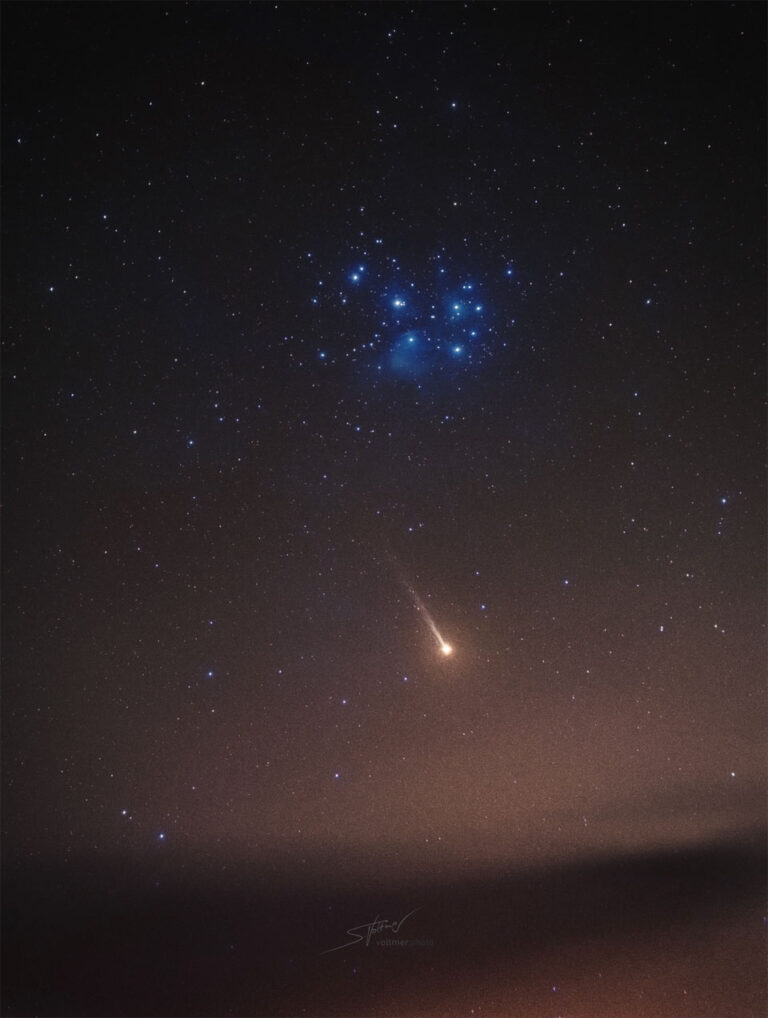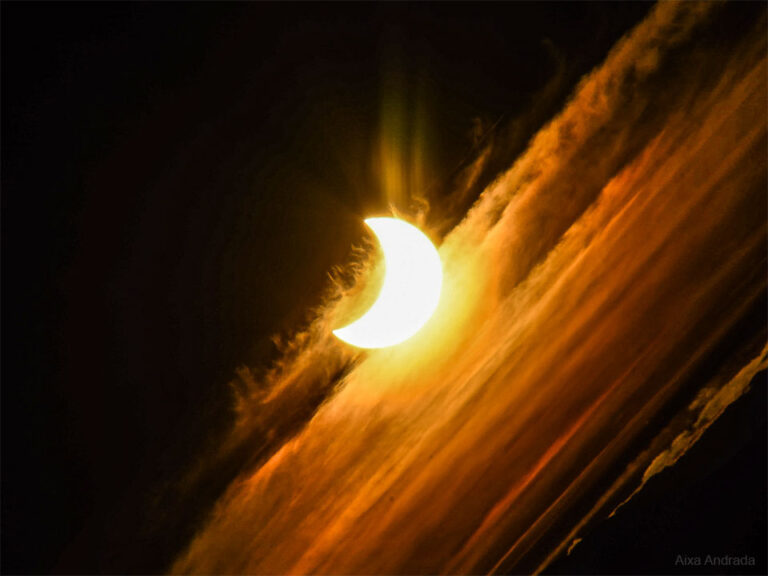NGC 3572与南天的蝌蚪状云气
2022年5月6日 NGC 3572 and the Southern Tadpoles Image Credit & Copyright: Carlos Taylor Explanation: This cosmic skyscape f…
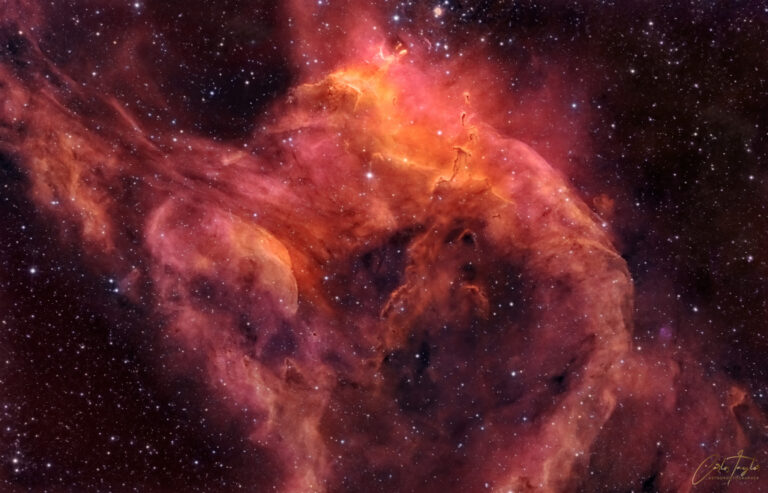
2022年5月6日 NGC 3572 and the Southern Tadpoles Image Credit & Copyright: Carlos Taylor Explanation: This cosmic skyscape f…
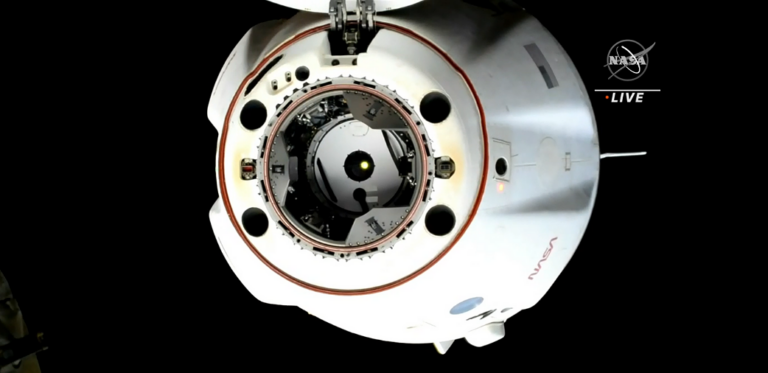
The SpaceX Dragon Endurance spacecraft is seen just after undocking from the forward port of the International Space Station’…
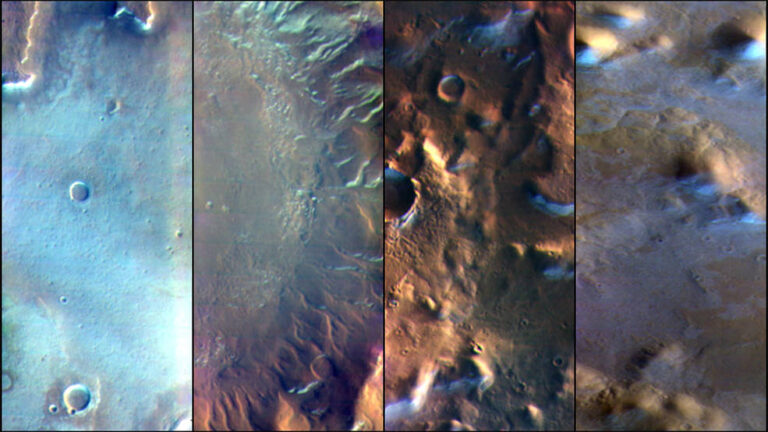
在NASA 2001年奥德赛轨道飞行器上的热发射成像系统(THEMIS)相机拍摄的这些图像中,主要由二氧化碳组成的火星表面霜冻呈现蓝白色。THEMIS拍摄肉眼可感知的可见光和热敏红外线图像。 影像来源:NASA/JPL-Caltech/ASU 一项使…

2022年5月5日 NGC 3521: Galaxy in a Bubble Image Credit & Copyright: Mark Hanson and Mike Selby Explanation: Gorgeous spiral…
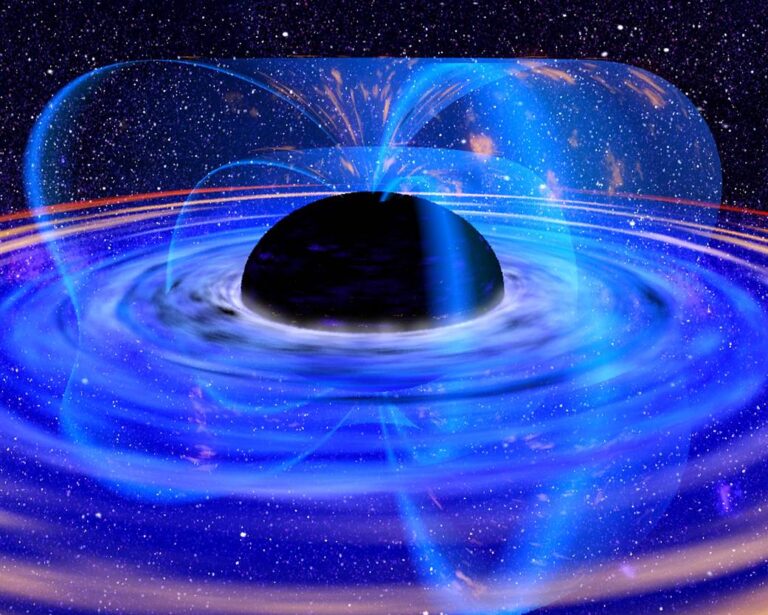

2022年5月4日 Planets Over Egyptian Pyramid Image Credit & Copyright: Osama Fatehi Explanation: The early morning planet par…

May 2-6, 2022, is Teacher Appreciation Week! At NASA, we know the importance of STEM (science, technology, engineering, and m…

Misty Snopkowski is NASA’s program executive for the Commercial Low-Earth Orbit (LEO) Development program, which works to cre…
